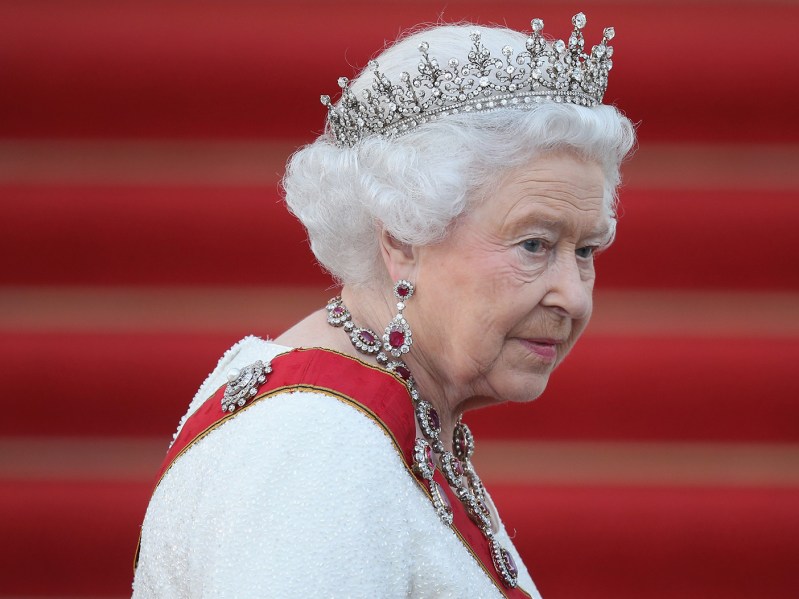Queen Elizabeth II died today at Balmoral Castle, her summer retreat in Scotland. The stalwart monarch spent 70 years on the throne and led the United Kingdom through some amazing points in its history. When she died she was the longest-serving monarch in British history and the second-longest serving monarch of all time behind Louis XIV of France, who served for 72 years from 1643 to 1715.
Videos by Suggest
Elizabeth Was Not Supposed To Be Queen
Her Majesty was born Princess Elizabeth in 1926 to Prince Albert and Princess Elizabeth. At the time of her birth, she was not expected to ever be queen. Her grandfather, George V, was sovereign and his eldest son, Edward Prince of Wales, was the heir apparent—not her father. That all changed when Elizabeth was 10 years old. George V died in January of 1936, and Edward became King Edward VIII. His reign would not last long, and by December of the same year, Edward abdicated the throne in order to marry the American divorcée Walis Simpson.
RELATED: New Alleged Details Emerge About ‘Operation London Bridge’: What Is It And What It Means For The UK
Upon Edward’s abdication, Elizabeth’s father became King George VI and the young princess became the heir apparent. Elizabeth immediately began training for her future role as queen with an education that mostly consisted of private tutors. It was the training that prepared her to ascend to the throne in January of 1952 when King George VI died at Sandringham estate. Elizabeth was just a few months shy of her 26th birthday at the time.
A Reign Like Few Others
No one could know at the time of her ascension that Queen Elizabeth II would serve for a remarkable 70 years, a milestone celebrated earlier this year with her platinum jubilee. Previously, the longest-serving monarch in British history was Queen Victoria, who served 63 years. Victoria was Elizabeth’s great-great-grandmother, which goes to show the strong genes the women in the family have.
Elizabeth came to the throne during the austerity of post-war Britain and oversaw a huge period of transition for her empire. Throughout the second half of the 20th century, the United Kingdom’s overseas empire was slowly chipped away as more and more countries were granted independence. What started during her father’s reign with the independence of India in 1947 continued throughout Elizabeth’s time on the throne, culminating in the transition of Hong Kong to China in 1997. Though a few pieces still remain, the empire is a shell of what it was during Victorian times.
Elizabeth served as queen through an astounding number of Prime Ministerships. Liz Truss, who just became Prime Minister earlier this week, is the 15th to serve during Elizabeth’s reign. The list started with Winston Churchill and includes some of the most notable PMs in history, including Margaret Thatcher, the UK’s first female PM.
What Happens Now?
Operation London Bridge has gone into effect in the UK and Prince Charles will ascend to the throne immediately. There will be weeks of mourning for the beloved queen and at some point, likely next summer, the 73-year-old Prince Of Wales will be coronated in Westminster Abbey. It will be an interesting time in the monarchy’s history as Charles has not always been the most popular family member; though, in more recent times, he and his wife Camilla Parker-Bowles have seen an uptick in their popularity. It is expected that Camilla will become queen after Queen Elizabeth made it known earlier this year that it was her wish for Camilla, something that was not a foregone conclusion previously.
RELATED: Why Prince Charles Probably Won’t Be King Charles III
Queen Elizabeth will be laid to rest in St. George’s Chapel on the ground of her beloved Windsor Castle alongside her husband, Prince Phillip, and her father, King George VI.
The queen is dead, long live the king.
